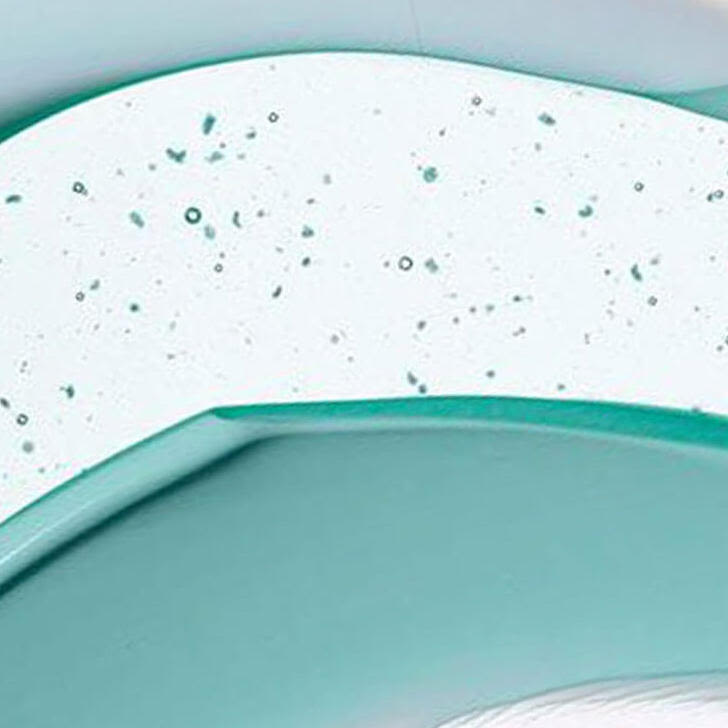When most people think about dermatology, their minds probably jump first to acne, and then to skin cancer. Everyone’s heard about the importance of wearing sunscreen to prevent skin cancer (and if you haven’t, you can read more about it here and here), but the people most tend to be white and fair-skinned. What are the primary skin concerns for those with brown and darker skin? We asked three Apostrophe dermatologists about how skincare concerns differ across race and ethnicity.
Dr. Maggie Kober
Dr. Kober introduced us to a numerical scale for measuring skin type by pigmentation called the Fitzpatrick scale. Your Fitzpatrick skin type can help you determine how vulnerable you are to sun damage and skin cancer. People with skin types of 1 and 2 at one end of the scale tend to be blonde, blue-eyed, and fair which means they must be especially careful in the sun (sunscreen, hats, and shade!). People at the other end (fives and sixes) with deeply pigmented skin and eyes need to watch out for that tends to appear in areas not exposed to the sun. Hyperpigmentation can be another source of worry for folks with darker skin. “Hyperpigmentation can be a serious concern in patients with dark Fitzpatrick skin tones,” Dr. Kober says. “Wearing sunscreen is the most important way to improve and prevent hyperpigmentation. However, discuss with your dermatologist whether you may be a candidate for hydroquinone or azelaic acid, which can also lighten the dark marks caused by acne.”
Dr. George Skandamis
Dr. Skandamis also sees many patients with concerns about hyperpigmentation and adds an additional complication: “Acne lesions, rashes, and wounds tend to leave darker hyperpigmented areas that can take months to fade back to normal [in people with darker skin tones].” Skin of color has melanin and pigment that is which means any kind of inflammation (like the kind that comes with acne and breakouts) is more prone to leaving darker, longer-lasting marks and hyperpigmentation. Dr. Skandamis is also quick to note, “Fair skin patients are more prone to sun damage, skin cancer, and wrinkles.” We all know the best way to prevent those issues: sunscreen, sunscreen, sunscreen!
Dr. Bradley Beckman
If you’re wondering what more you can do to help prevent this type of hyperpigmentation from inflammation and trauma, Dr. Beckman has some tips for you. “Avoiding trauma (like picking at acne bumps) will reduce the risk of brown pigmented scarring,” he says. “Sunscreen use, especially in darker skin types, can help reduce post-inflammatory hyperpigmentation scars.” You can always count on a derm to tell you to apply sunscreen! Where fair skin tones are concerned, Dr. Beckman also has an important PSA. “Fair skinned people have more risk of side effects from medicines that cause sun sensitivity (eg., cycline antibiotics – doxycycline, minocycline, etc., sulfa pills, certain diuretics, Accutane, etc.).” If you’re on any medications, double check their effects on your skin sensitivity so you don’t get caught unprotected!
Wherever you land on the Fitzpatrick scale, it’s always important to use sunscreen and protect yourself from sun damage. Being aware of your skincare risks, whether that means hyperpigmentation, wrinkles and melanoma or medication sensitivity, is the first step towards keeping your skin as happy and healthy as possible.
How do you protect your skin's health? Let us know via email to [email protected] or tweet us @hi_apostrophe!




